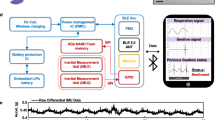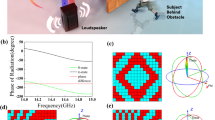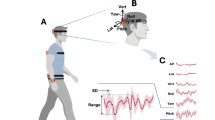Abstract
This preliminary study evaluates the suitability of a gaze controlled communication system for severely handicapped patients. The system drives a computer by movements of the patient's pupils. The capacity to communicate by producing text on a screen was assessed in 30 patients, 22 traumatic tetraplegics and 8 patients whose handicaps were due to other causes. The rate at which they learned to use the system, and the speed of their word processing were measured. Those tetraplegics who had used other communication systems found the gaze controlled system tiring, and its lack of other peripherals limiting. But its true application seems to be as the sole available interface for the most severely handicapped who can neither move nor speak. Peripherals and improved calibration systems are presently being developed.
Similar content being viewed by others
Log in or create a free account to read this content
Gain free access to this article, as well as selected content from this journal and more on nature.com
or
Author information
Authors and Affiliations
Rights and permissions
About this article
Cite this article
Thoumie, P., Charlier, J., Alecki, M. et al. Clinical and functional evaluation of a gaze controlled system for the severely handicapped. Spinal Cord 36, 104–109 (1998). https://doi.org/10.1038/sj.sc.3100496
Published:
Issue date:
DOI: https://doi.org/10.1038/sj.sc.3100496
Keywords
This article is cited by
-
Eye-blink detection system for human–computer interaction
Universal Access in the Information Society (2012)
-
Neuronal ensemble control of prosthetic devices by a human with tetraplegia
Nature (2006)



